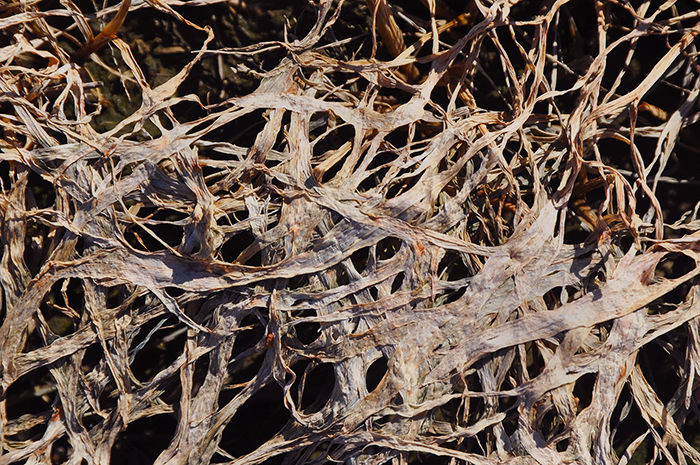This year’s snow mold damage surprises expert
March 29, 2017
The recent winter has yielded two anomalies for Washington State’s wheat growers: the occurrence of snow mold in lower elevation areas and a new strain of pink snow mold.
Tim Murray, a WSU plant pathologist who has studied snow mold for nearly 40 years, was surprised by the extent of the mold’s damage, which typically flourishes in high elevations where snow blankets the ground for more than 100 days.
“When the snow melted, we found damage in areas where we don’t typically see this mold disease developing,” Murray said, “surprisingly in the Walla Walla area.”
Snow mold, including the fungus Microdochium nivale, which causes the pink-tinged mold, has also developed in the Whitman and Columbia counties, in wheat fields and lawns of grass alike, according to a WSU News release.
“Snow protects winter wheat and other dormant plants from cold temperatures, which is a good thing,” Murray said. “But the snow cover becomes a problem when it stays on the ground for too long, which is just what happened.”
He said unusually warm temperatures in November provided a breeding ground for Microdochium nivale to grow and then thrive during the longer period of snow cover.
Murray has spent his career helping to develop wheat varieties resistant to snow mold and other cold-weather crop diseases.
“I’m not seeing extensive damage in the field,” he said. “Some receding, some damage, but most are localized.”
Murray identified winter wheat with damage ranging from harmless lesions on leaves, to more lethal underground crown decay that kills the crop, according to the WSU news release.
“Within those patches, there are ranges of damages, some were dead, some were able to be recovered,” Murray said.
In some fields, damaged patches were larger because they were located on north-facing slopes. No damage was seen on the south slopes. About 90 acres need to be reseeded due to damage, Murray said.
This year there was snow cover beginning around Dec. 5, which built up and led to continuous snow cover for more than 60 days. Some areas of Washington are still covered in snow and have been covered for the past 100 days.
“The ones that have damage in the fields need to wait three to four weeks after the snow melts to get an idea of what kind of recovery they’re going to have,” Murray said. “It’s hard to tell until the snow first melts to see what the crops actually look like.”
The plant pathologist first realized the significance of this year’s snow mold when he started receiving calls earlier in March, which he had expected given this past winter season.
Murray recently met with 20 growers in the town of Prescott, according to the WSU news release, to address their concerns after seeing the mold on their plants for the first time.
“Going forward, historically, we don’t see this kind of snow,” Murray said. “I wouldn’t expect this to be a problem again right away.”










